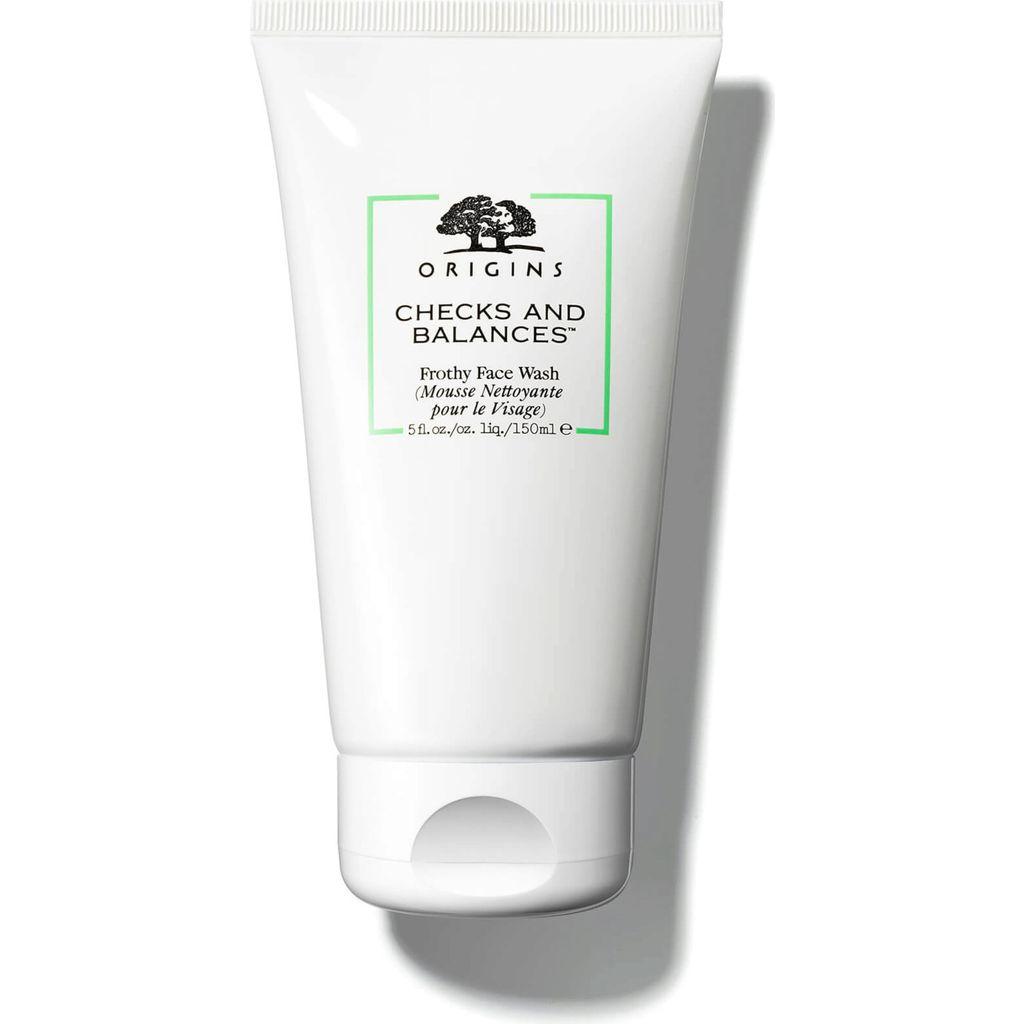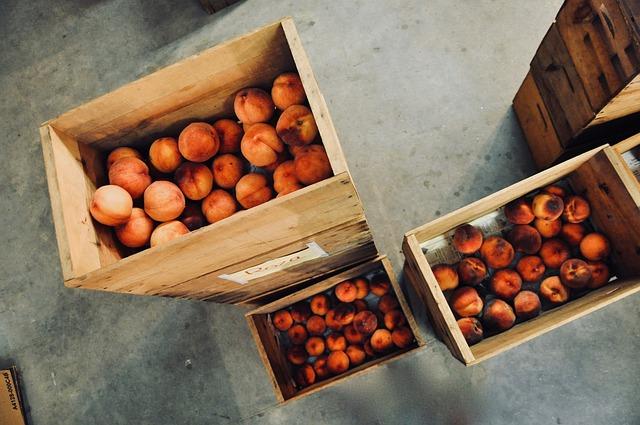Table of Contents
- Origins and Traditions the Cultural Journey of Kombucha Tea
- Exploring Health Benefits Myths and Facts Demystified
- Brewing Kombucha at Home Tips for Perfect Fermentation
- Flavor Innovations Creative Ways to Customize Your Kombucha
- Choosing the Best Store-Bought Kombucha a Savvy Shoppers Guide
- Q&A
- Concluding Remarks


Origins and Traditions the Cultural Journey of Kombucha Tea
The story of kombucha tea stretches back over 2,000 years, entwined with the traditions and cultures of China and Eastern Asia. According to folklore, this tangy, effervescent elixir was first brewed during the Tsin Dynasty around 221 BC, where it was revered as the ”Tea of Immortality.” It is said that the very essence of this drink captures the natural balance between sweetness and acidity, carefully cultivated through the fermentation of sweetened tea with a symbiotic culture of bacteria and yeast known as a SCOBY. This ancient process is a delightful testament to the way kombucha has been cherished across generations, not just for its unique taste but for its purported health benefits which continue to capture the hearts of wellness enthusiasts worldwide.
Apart from its mysterious history, kombucha tea carries with it an array of traditions that have morphed and evolved as the drink spread across continents. In Russia and Eastern Europe, kombucha has been fondly referred to as “čajnyj kvas,” often brewed in homes with great care and communal participation. Meanwhile, in Japan, the drink is associated with Buddhist monks and practices of meditation, enhancing mindfulness and connection to the natural world. This drink has been a part of rituals, celebrations, and even as a home remedy, reflecting the diverse uses and symbolic meanings attached to it over the centuries.
| Region | Cultural Influence |
|---|---|
| China | Believed to grant longevity; Known as ”Tea of Immortality” |
| Russia | Called “čajnyj kvas”; Part of family traditions |
| Japan | Associated with Buddhist practices; Enhances meditation |
Modern-day enthusiasts have innovatively transformed kombucha-making into both an art and a science, captivated by its potential health benefits and culinary versatility. It has inspired flavors ranging from ginger and lemongrass to hibiscus and mint, infusing modern creativity with ancient techniques. Much like winemaking, each brew can have a different character, rich in the history of its origins and the modern nuances of its makers. Thus, kombucha finds its place not only in its historical roots but also as a continuing journey of cultural merging and innovation.
Exploring Health Benefits Myths and Facts Demystified
Kombucha tea, a fermented drink made from black or green tea, has become a staple in many health-conscious diets. However, the claims surrounding its benefits can sometimes blur the line between myth and fact. One common belief is that kombucha is a powerful detoxifier. It’s true that this tea contains antioxidants which help combat oxidative stress, but the body already has its own robust detoxification systems in place. While kombucha can complement these processes, relying solely on it for detoxification might be an overstatement.
- Probiotic Support: Kombucha is praised for its probiotic content, which is beneficial for gut health. These live bacteria can improve digestion and balance intestinal flora. Nonetheless, not all kombucha is created equal—commercially produced versions may contain different probiotic strains than those brewed at home.
- Energy Boost: The energizing effect of kombucha often attributed to its B-vitamin content and low levels of caffeine could add a mild boost to your day. However, the extent of this boost varies widely depending on the fermentation process and the tea’s original caffeine levels.
| Nutrient | Potential Benefit | Note |
|---|---|---|
| Antioxidants | Reduces oxidative stress | Complements body’s detox |
| Probiotics | Improves gut health | Strains vary by brand |
| B Vitamins | Energy support | Levels vary |
Lastly, there are misconceptions regarding significant weight loss attributed to kombucha consumption. While it may assist as part of a balanced diet and active lifestyle, viewing it as a standalone weight-loss solution is misleading. Kombucha can play a part in a holistic approach to health by promoting general well-being, yet it should be one element of a diet rich in variety and nutrients. Always consider kombucha’s sugar content and potential caffeine levels when incorporating it into your daily routine.


Brewing Kombucha at Home Tips for Perfect Fermentation
Achieving the ideal balance in your homemade kombucha fermentation can often feel like a blend of art and science. The choice of tea and sugar lays the foundation. Opt for organic black or green tea and use unrefined sugar. These ingredients fuel the fermentation process, enabling the essential bacteria and yeast (from your SCOBY) to thrive. While experimenting with flavors, maintain a ratio of 6-8 teaspoons of tea and 1 cup of sugar per gallon of water. This ensures the metabolic needs of your SCOBY are met, without overwhelming it, allowing for a smoother transformation.
The environment plays a crucial role in fermentation success. Ensure the brewing container is at a stable room temperature between 68°F and 78°F. This range supports the necessary microbial activity. If temperature fluctuations are an issue, consider using a brew belt or placing your setup in a climate-controlled location. Additionally, cover your container with a tightly woven cloth or paper towel, secured with a rubber band, to prevent contamination while allowing air circulation. These tweaks maintain a steady environment for robust fermentation.
Recognizing when your kombucha has reached the desired flavor profile requires tasting. Conduct a tasting after the first week, using a clean straw to avoid contamination. Here’s a simple taste guideline table:
| Days Fermenting | Maturity Level |
|---|---|
| 7 Days | Slightly Sweet |
| 10 Days | Balanced |
| 14 Days | Tart |
Adjust fermentation time as needed to reach your flavor preference. Remember, the process can be slightly different each time, so letting your taste buds guide you ensures a perfect batch.


Flavor Innovations Creative Ways to Customize Your Kombucha
Embracing creativity in the world of brewing can lead to exciting new possibilities. Infuse your kombucha with botanical blends to enhance its natural flavors. Think about adding aromatic herbs like lavender, rosemary, or basil. These additions can offer a delightful twist to the usual taste profile, introducing earthy, floral notes that complement the tangy base of kombucha. Such pairings create unique flavor symphonies that linger on the palate, inviting enthusiasts to explore the diversity of tea.
For a fruit-forward twist, consider customizing with seasonal fruits and citrus zest. Each fruit injects its own distinctive characteristics; strawberries add a sweet tartness, while mangoes infuse tropical richness. Don’t overlook the power of citrus fruits—zests from oranges, lemons, or limes can brighten up your brew, adding refreshing layers of flavor without overwhelming the balance of your drink. The vibrant hues of these fruits also make for a visually appealing beverage, perfect for sharing at gatherings.
| Herb | Flavor Profile | Pairing Tip |
|---|---|---|
| Lavender | Floral, Slightly Sweet | Combine with Citrus Fruits |
| Rosemary | Piney, Earthy | Blend with Dark Berries |
| Basil | Fresh, Herbaceous | Mix with Peaches or Pineapple |
- Spice it up: Add a touch of ginger, cinnamon, or even a hint of chili for those who enjoy a kick.
- Brew combinations: Mix different tea bases like green, oolong, or black tea to establish a new flavor foundation.
- Sustainability twist: Repurpose leftover fruit peels or herbs to minimize waste while maximizing flavor frequency.


Choosing the Best Store-Bought Kombucha a Savvy Shoppers Guide
When you’re on the hunt for the perfect kombucha from the store shelves, it’s important to consider both flavor and health benefits. Flavor profiles can vary widely, with some brands offering bold, tangy tastes while others provide a subtler, fruitier sip. To make sure you’re choosing a variety that excites your palate, look for labels that detail the main ingredients. Pay attention to words like “fruity,” “herbal,” or “spicy” to match your taste preferences. Don’t forget to check if the kombucha is flavored with natural ingredients or artificial flavors, as this can significantly impact both taste and health benefits.
Another critical factor is the sugar content. Some kombucha teas can be loaded with added sugars, which might not fit into your dietary goals. It’s wise to examine the nutrition label for sugar levels. Opt for brands with lower sugar content to reap the health benefits of kombucha without the extra calories. In addition to the sugar levels, review the fermentation process details, if available. Natural fermentation with minimal additives is usually a sign of a higher quality product.
When it comes to ensuring you’re picking a kombucha that aligns with health goals, seek out those with probiotic content. The presence of live cultures indicates a gut-friendly brew, which is one of the primary reasons for consuming kombucha. Brands often highlight the types of probiotic strains present in their products. Consider a few options before purchasing. Here’s a simple comparison to help guide your choice:
| Brand | Flavor | Added Sugar | Probiotic Strains |
|---|---|---|---|
| Brand A | Mango-Passionfruit | 5g | Lactobacillus, Bifidobacterium |
| Brand B | Original Ginger | 2g | Saccharomyces, Bacillus |
| Brand C | Berry Bliss | 8g | Lactococcus, Pediococcus |
